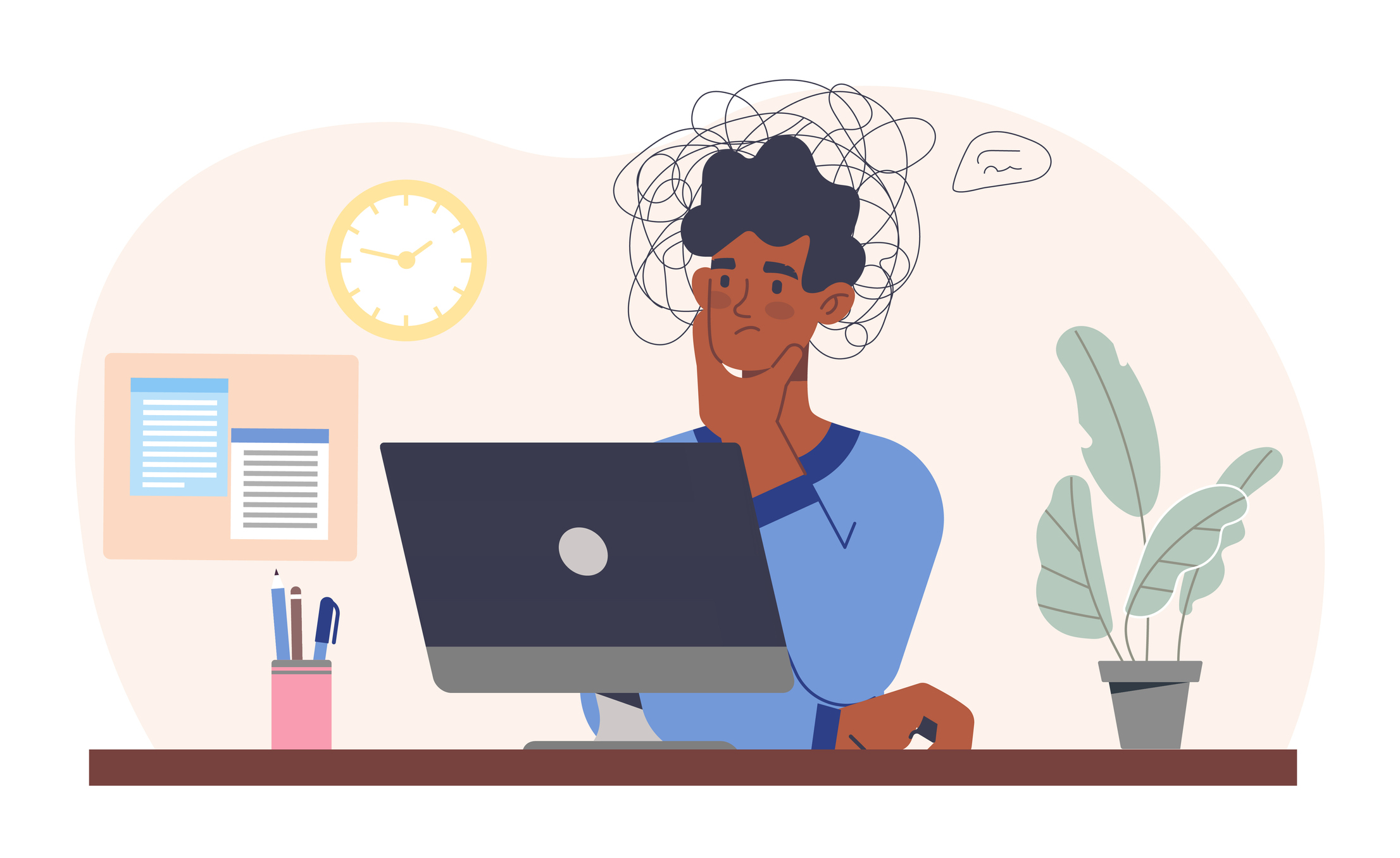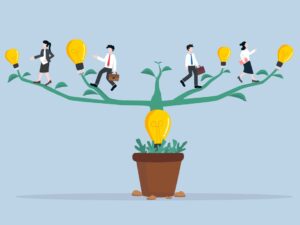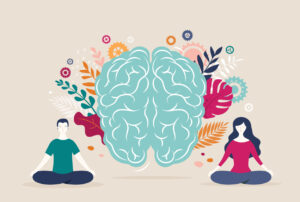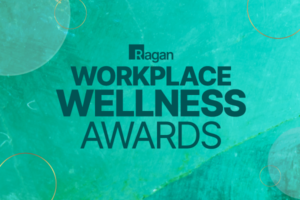The American Psychological Association’s framework for prioritizing employee wellbeing
The APA’s Tara Davis shares advice for HR and comms on building a foundation for employee wellbeing programs.

Employee wellbeing is the glue keeping your organization’s employee experience intact and should be a cornerstone priority. Some workplaces are just getting started building out programs addressing issues like employee stress and burnout for better retainment and recruitment, while others are refining them. Sometimes you just need an expert to help.
Ragan recently sat down with Tara Davis, director of staff well-being and engagement at the American Psychological Association (APA) to discuss what a strong foundation for employee wellbeing programs looks like and how HR and communications professionals can make a stronger case for workplace wellness.
Ragan: What do you use as your foundation or framework when prioritizing employee wellbeing?
Tara Davis: Years ago, the APA used research to create a model of what a psychologically healthy workplace looks like. Recently we partnered with the U.S. Surgeon General, Dr. Murphy, and his office to help establish his framework for workplace mental health and wellbeing, which is also rooted in research. In this framework, there are five essentials for workplace mental health and wellbeing. There’s protection from harm, connection and community, work/life harmony, mattering at work and opportunity for growth.
These five essentials are so relevant because they’re all grounded in human needs that are shared by everyone. These essentials are centered on the worker’s voice. So, listening to your employees and establishing an equitable and fair workplace. The Surgeon General’s office really took it to be very relevant to the time that we’re in.
For instance, connection and community. Loneliness is something that has become very apparent because of the pandemic. What does it look like to cultivate relationships at work and create cultures of inclusion and belonging as well? Work/life harmony is the blend of your work life and your home life. It was never a balance, so I’m just glad that we’re no longer using that term, but it’s blended now more than ever before.
[RELATED: Join us Aug. 14-16 in Denver for our Employee Experience & Wellness Conference]
Workplace wellness is becoming a bigger focus at organizations, and employees are now being tasked with creating these wellbeing programs. For those that don’t even know where to start, what are a few areas that they can focus on to get going?
TD: Last year, leading up to Mental Health Awareness Month in May, our organization started this campaign for other organizations to commit to mental health excellence in the workplace. The goal was to advance health equity by working with psychologists to use research and determine five areas to prioritize mental health in the workplace. That’s a great place to start.
One is increasing employees’ options for where, when and how they work. It’s about flexibility and a conversation about the ways in which employees work best.
The second one is re-examining health insurance policies with a focus on employee mental health. In the past, we were very focused on the physical aspects of health, insurance and policy. But there is a mental health parity law that lays out how you can make sure that your mental health benefits are up to standard.
Then there’s listening to what your employees need and using that feedback to evolve. It should be a variety of tactics. It’s not just a check box. It’s listening sessions. It could be coffee with the CEO, formal surveys or quick pulse feedback surveys. It’s good to get their feedback, but then closing the loop by letting them know that because of their feedback, things changed or the organization is now doing something different. That really makes employees feel listened to, which is good for the workplace and organizational performance.
Next, you need to train your managers to promote health and wellbeing. It’s great to have a C-suite that really emphasizes these efforts and models mental wellbeing efforts. However, if your middle managers are not supporting that or not modeling it, then it is all flat. Managers are really the gatekeepers. There are ways to do this through formal training. You should also make sure that managers know what your mental health benefits are. If they don’t know the ins and outs, then they’re not going to talk about them with employees. Making mental health part of the conversation removes a lot of the stigma.
Finally, taking a critical look at equity, diversity and inclusion policies. APA created an EDI framework that we use to operate internally. We’ve also been establishing ERGs, which I know a lot of companies and organizations are doing, but it goes further in terms of who we are hiring for leadership and prioritizing EDI.
What are some of the initiatives that have worked well, or you think might be unique to APA?
TD: When the pandemic hit, APA went remote, and we’re now a flexible workplace. It was difficult because everything I thought about when it came to wellbeing efforts was in person. It was kind of like, “How do I do my job now?” We set up daily email, had healthy hours and wellness challenges. We had to get creative and listen a lot to our employees.
One thing that we worked on is called our “Meet with Purpose” campaign. When we switch to remote work, we’re in meetings all day long because if we were in the office, that’s what we would have done. Now, the equivalent of that is, “I have to see your face through this computer.” Then research started coming out about how video isn’t always helpful. It can sometimes be harmful. Video needs to be intentional. And we heard from our employees that this was such a detriment to their mental health.
We started looking at what science says about healthy meeting culture and started this campaign. We’ve introduced healthy practices like ending meetings early so that employees have that little break to get a drink of water. We use flow charts to determine who actually needs to be in the meeting. Is it a waste of their time? Is video required or can it be audio only? If we are always on video, what a drain on our energy and our mental health.
There’s so much research about how you’re really looking at yourself a lot of the time and not even listening to what the other person is saying. We started being intentional about all of those things and creating space throughout the day for focus time.
Additional research
Davis shared two surveys that the APA distributes every year in making a case for better workplace wellness. One is called “Stress in America” which looks at what is stressing Americans out. Of the most recent findings, mental health was something that employees are really looking for from their workplace.
The other survey is the “Work and Wellbeing Survey” which provides data on what employees are looking for in their workplace. These survey findings build a case with research that if you focus on these areas in the workplace, it leads to better organizational performance.
Excited to hear more about the employee experience and wellbeing? Join us this August 14-16 at Ragan’s annual Employee Experience & Wellness Conference where Davis be running a workshop on prioritizing mental health in the workplace. Register now!
Jon Minnick is a conference and awards events producer and will be attending the Employee Experience & Wellness Conference.







